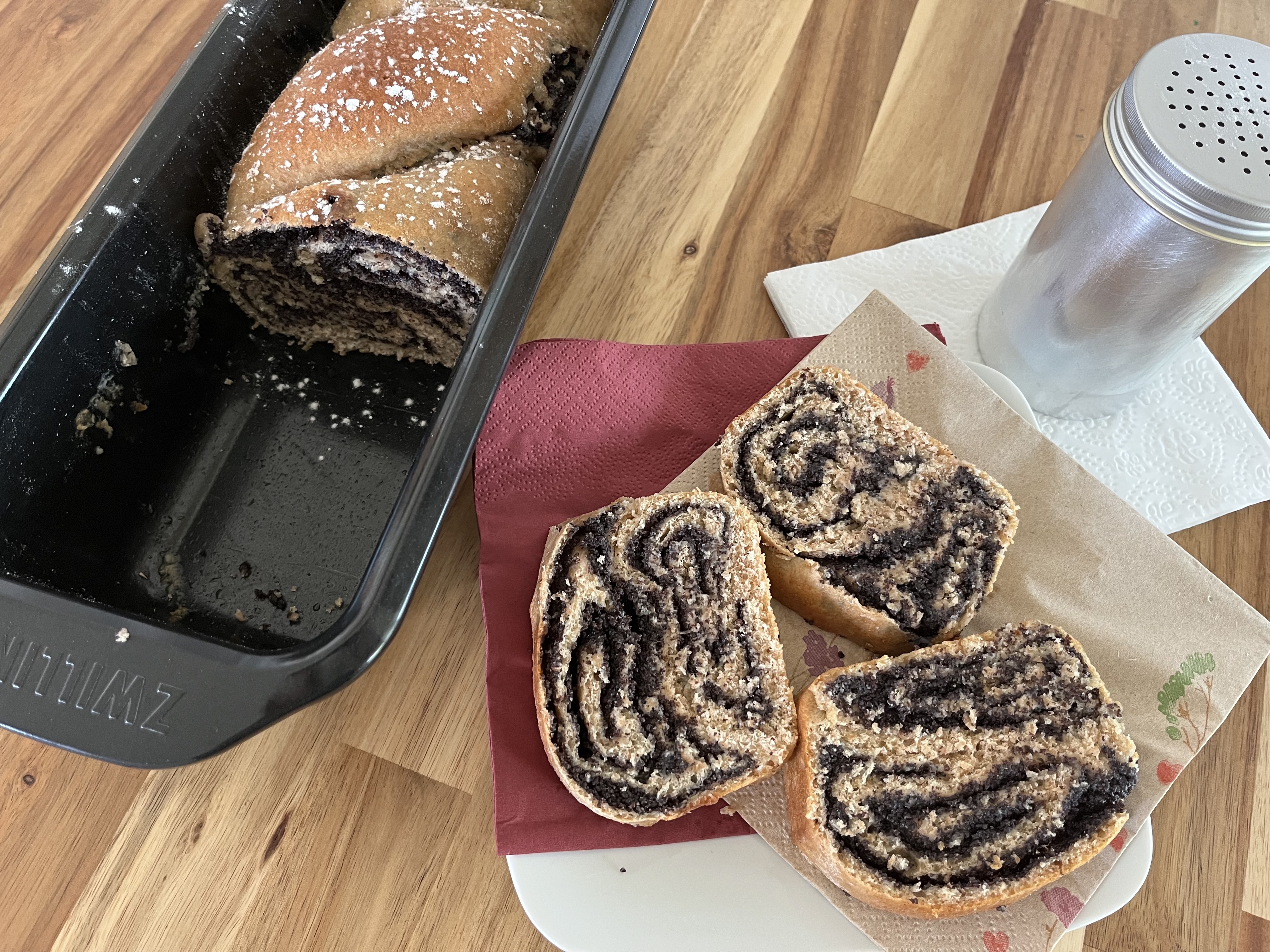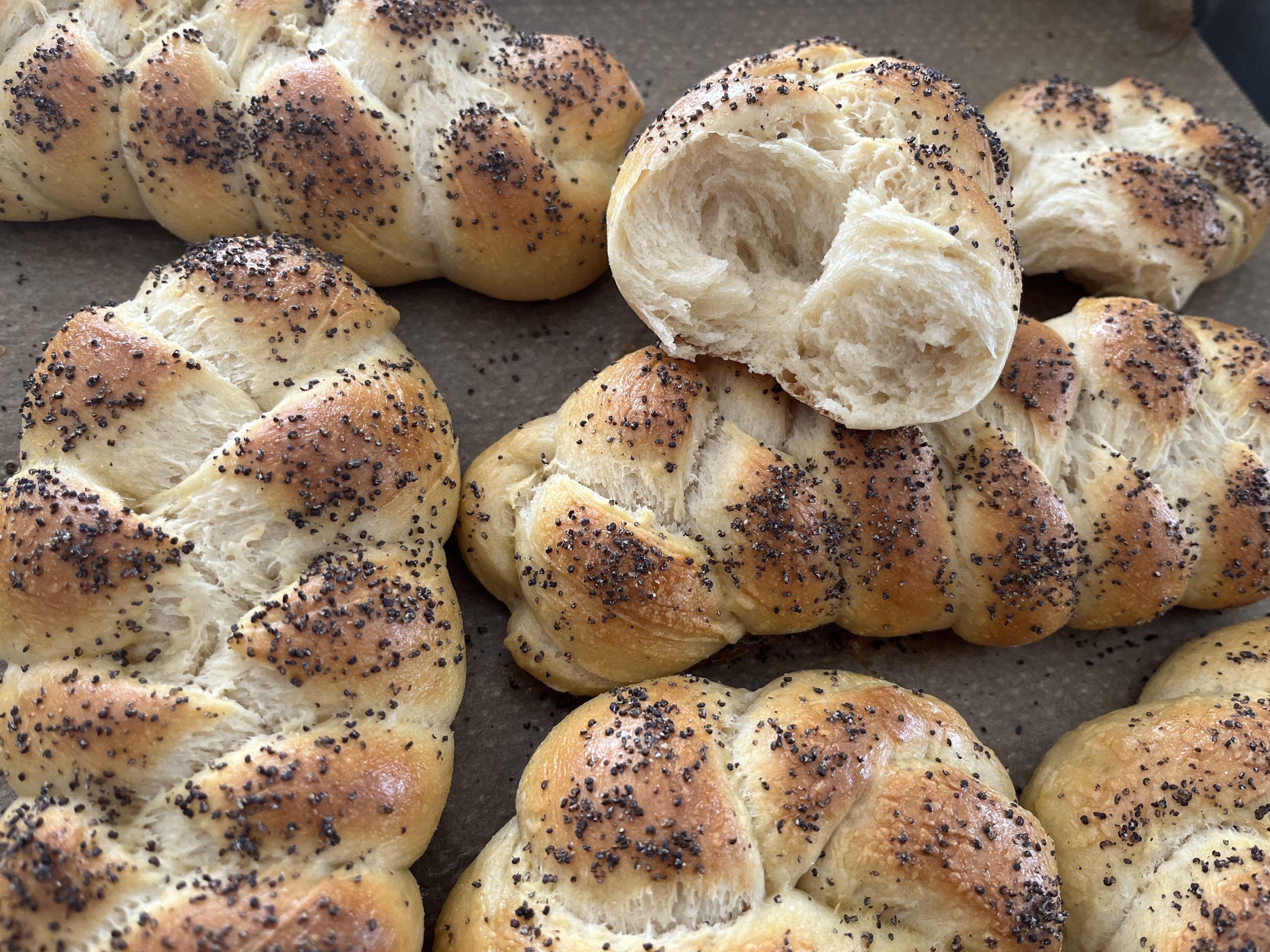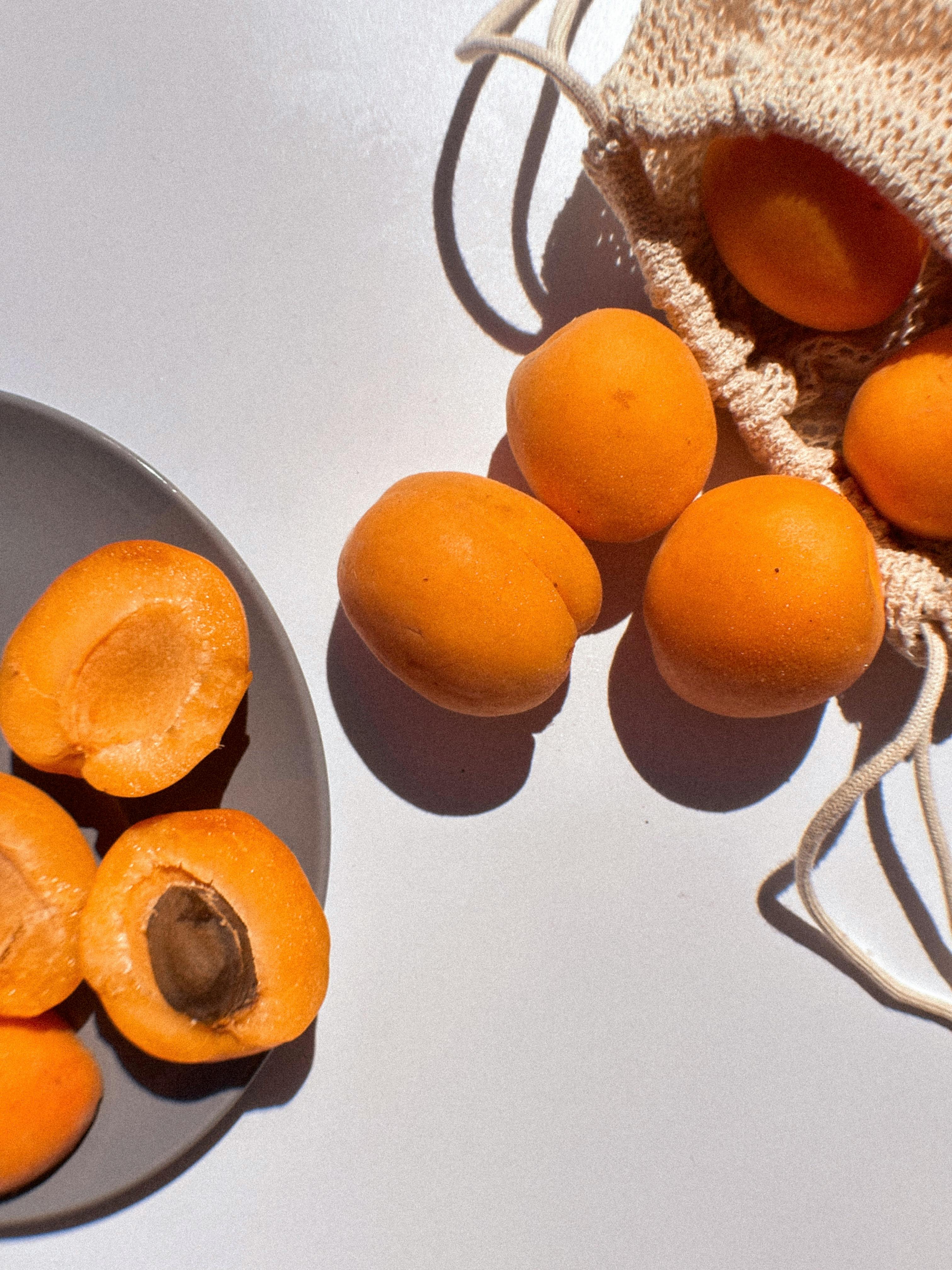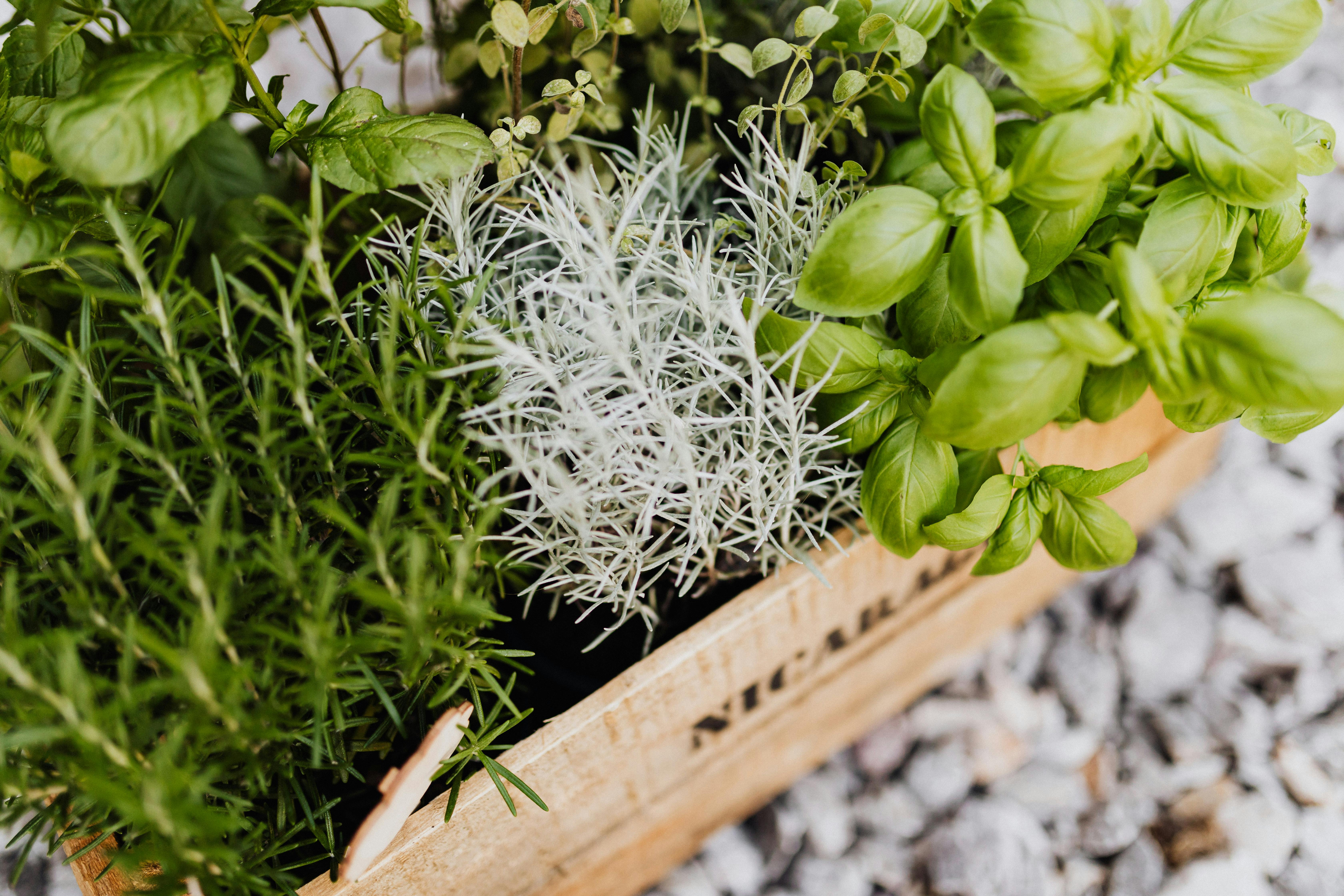 |
Nature’s Dessert Cookbook: Healthy, Delicious & Naturally Sweet Recipes Don’t want or can’t tolerate sugar alcohols and artificial sweeteners? This cookbook is for you! Every dessert is naturally sweetened with whole ingredients rich in fiber and protein, slowing sugar absorption and making them diabetic-friendly. It gathers your favorite recipes from the website—plus brand-new ones—all in one convenient place. Indulge in truly natural treats without compromise! |
 |
Diabetic Baked Goods: Everyday Bakes for Every Meal Diabetic cookbook designed to make healthy baking simple, accessible, and enjoyable. This collection of low-carb, high-fiber, and protein-rich recipes provides a reliable solution for those looking to enjoy diabetic bread and baked goods without blood sugar spikes. Every recipe includes a video tutorial, making it even easier to follow along and bake with confidence! |
 |
What Makes This Cookbook Different?
|
Poppy Seeds Unveiled: Nutritional Benefits for Diabetics
Poppy seeds have traditionally been used in many desserts across the Mediterranean, but in recent years, they’ve found a place in kitchens around the world.
I’ve always loved their versatility, but since my son was diagnosed with diabetes, I’ve discovered that poppy seeds are especially useful in diabetic-friendly desserts. They don’t cause sudden spikes in blood sugar and generally help maintain stable levels. This led me to explore them further, and I found some fascinating insights that I’ll share here with you.
Poppy Seeds: Pack a Powerful Nutritional Punch
- Poppy seeds, tiny black or white seeds harvested from the opium poppy, pack a powerful nutritional punch1. They are rich in essential nutrients like calcium, magnesium, and fiber. These nutrients contribute to overall health and can support better blood sugar management, making poppy seeds an excellent addition to diabetic-friendly desserts.
- One of the significant health benefits of poppy seeds is their high fiber content. Fiber plays a crucial role in regulating blood sugar levels by slowing the absorption of sugar into the blood. For individuals with diabetes, this helps prevent sudden spikes in blood glucose, making desserts made with poppy seeds both tasty and health-conscious.
- Poppy seeds are also an excellent source of healthy fats, particularly omega-3 and omega-6 fatty acids. These fats are essential for heart health and can help reduce inflammation, which is often a concern for those with diabetes. Including these seeds in your diet can contribute to better heart health and overall well-being.
- Another noteworthy aspect of poppy seeds is their manganese content, an essential mineral that plays a vital role in the body's metabolic processes. Manganese helps regulate blood sugar levels and aids in carbohydrate metabolism, which is particularly beneficial for diabetics. Thus, incorporating poppy seeds into desserts can provide hidden health benefits.
Approach Poppy Seeds with Caution
Despite their many benefits, it's important to approach poppy seeds with caution. Consuming large amounts can lead to potential side effects due to the presence of opiates in the seeds, although these are typically removed during processing.
Moderation is key, as there are guidelines regarding the recommended intake of poppy seeds2. However, I should note that we regularly use moderate amounts in desserts and have never encountered any issues with dishes containing poppy seeds.
Creative Ways to Use Poppy Seeds in Your Recipes
Incorporating poppy seeds into your cooking not only offers health benefits but also adds a nutty flavor and crunchy texture that's hard to resist. Now, let's dive into some diabetic-friendly dessert ideas that highlight the versatility of poppy seeds.
One of my family's favorites is a lemon poppy seed cake. Made with almond flour or whole grain spelt flour and a sugar substitute by choice. The combination of lemon and poppy seeds provides a refreshing and satisfying treat that doesn’t compromise blood sugar levels.
Since we live in the Mediterranean, and as I’ve mentioned before, poppy seeds are traditionally used in many desserts here, I didn’t want to give up on some of the traditional yeast-based treats we make, especially around Christmas.
Instead of wheat flour, I use whole grain spelt flour for the dough, and sweeteners (mostly birch sugar, though it can be swapped for your preferred sweetener) in very small amounts, instead of refined sugar.
I’m proud to say that it’s a joy to offer my child, who has diabetes, as well as the rest of the family, a dessert that brings back the sweet tastes and aromas of my own childhood.
Just a spoonful or two of poppy seeds in a basic sponge cake or muffins can elevate both its taste and nutritional value. Poppy seeds also pair beautifully with dark chocolate. A simple yet indulgent option is topping a regular sponge cake with a dark chocolate and poppy seed glaze.
Beyond Desserts: Poppy Seeds in Homemade Pastries
We also use poppy seeds in various homemade pastries I make, which are adapted for diabetics, as similar store-bought options tend to have a negative impact on my little one’s blood sugar levels. Of course, these homemade pastries are also a much healthier choice for the rest of us who don’t have diabetes.
Spelt flour braids, even made with white spelt flour, with poppy seeds, are soft, delicious snacks that don’t disrupt blood sugar regulation—perfect even for school sandwiches with different fillings. I hope to share some of these recipes with you on this page, so stay tuned!
 |
 |
I emphasize, while creating these desserts, it's crucial to keep portion sizes in mind. Even healthy ingredients can impact blood sugar if consumed in large quantities. By practicing portion control, you can ensure that your desserts remain a beneficial part of a diabetic diet.
To ensure the best results, always opt for fresh poppy seeds. Over time, seeds can become rancid, losing both flavor and nutritional value. Storing them in a cool, dry place can extend their shelf life, allowing you to enjoy their benefits for longer.
In summary, poppy seeds are a remarkable ingredient that can elevate diabetic-friendly desserts while providing essential nutrients and health benefits. From their high fiber content to their healthy fats and key minerals, these little seeds can make a difference in your culinary endeavors.






